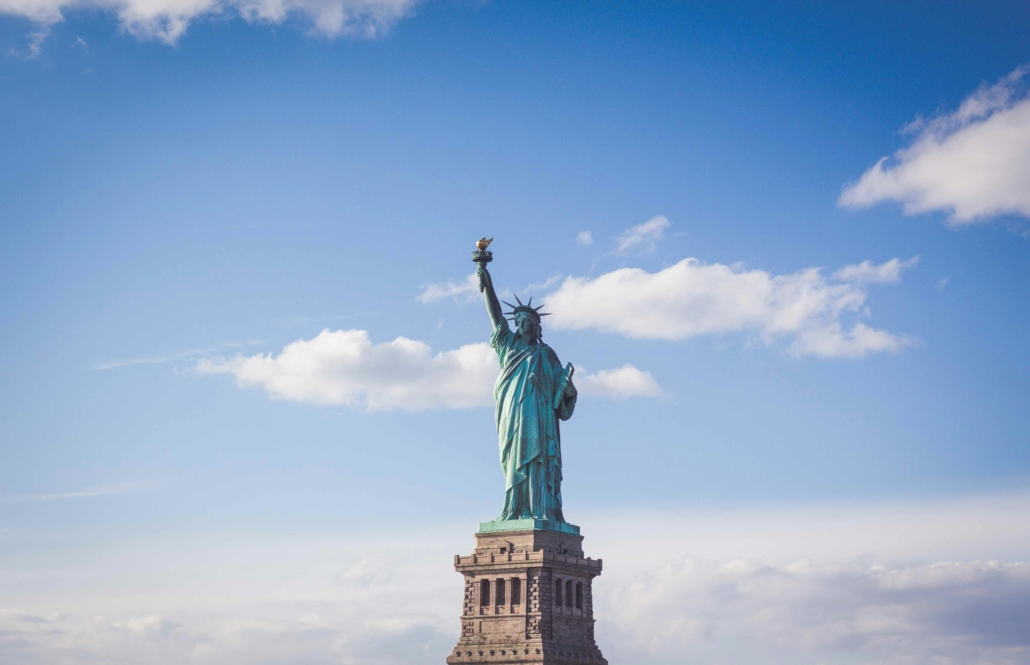New York abortion amendment thrown off ballot: A victory for the rule of law

On May 7th, New York Supreme Court Judge Daniel Doyle removed from the ballot a proposed amendment intended to enshrine the right to abortion in the New York State Constitution. It is unsurprising that the media have labeled the judge as “conservative,” irrespective of the merits of the decision, which appears to be beyond reproach.
The New York State Legislature, whose hubris is matched only by its fervor for abortion, deemed it appropriate to exempt itself from the provisions of the Constitution. The amendment passed by the Legislature is indeed subject to the provisions of Article XIX, which reads that any proposed constitutional amendment must be accompanied by an advisory opinion from the Attorney General within twenty days of the proposal’s introduction. Believing they could disregard this requirement—on the grounds that the same article also states, “Neither the failure of the attorney-general to render an opinion concerning such a proposed amendment nor his or her failure to do so timely shall affect the validity of such proposed amendment or legislative action thereon.”—the Legislature proceeded to vote on the concurrent resolution without delay. Consequently, Tawn Feeney, Susan Lundgren, and Assemblymember Marjorie Byrne (Republican) filed a lawsuit, arguing that this action constituted a violation of the Constitution.
In his decision, Judge Daniel Doyle sided with the plaintiffs, asserting that the Legislature should have waited at least twenty days before proceeding with the vote. In doing so, the judge merely interprets Article XIX in a harmonious manner. As Thomas M. Cooley articulated in A Treatise on the Constitutional Limitations Which Rest upon the Legislative Power of the States of the American Union (1868), “[O]ne part is not to be allowed to defeat another, if by any reasonable construction the two can be made to stand together.” By this reasoning, Judge Doyle prevents any internal contradiction within Article XIX; allowing the Legislature to proceed without waiting would render the part “upon receiving such opinion” superfluous. His interpretation, therefore, ensures a harmonious reading between the original Article XIX and the 1941 amendment, which was intended not to render any part of Article XIX superfluous but to prevent the Attorney General from employing a pocket veto.
Simultaneously, Judge Doyle swiftly dismissed the defendant’s arguments regarding the ripeness of the case and the standing of the plaintiffs. He stated that the plaintiffs’ claim became “ripe” once the Legislature acted in violation of Article XIX by approving the Concurrent Resolution and subsequently placing the proposed amendment on the ballot. Furthermore, he affirmed that the plaintiffs have standing by virtue of their status as citizens of New York State. Citing the precedent set in Saratoga County Chamber of Commerce v. Pataki (2003), the judge noted, “It follows that our doctrines governing standing must be sensitive to claims of institutional harm. Actions of this type can serve as a means for citizens to ensure the continued vitality of the constraints on power that lie at the heart of our constitutional scheme.”
In the columns of Politico, it is reported that “Democrats plan to appeal with the assumption that Democratic-dominated higher courts will eventually let the [proposed amendment] stay on the November ballot.” In conclusion, the Democratic Party openly acknowledges that it relies on pro-abortion judges to deliver a favorable decision. Is this not the pinnacle of judicial activism? Fortunately, there are still a few judges whose integrity helps to uphold the rule of law.
[Photo credit: Ferdinand Stöhr on Unsplash]



